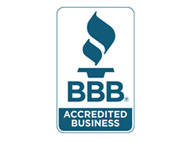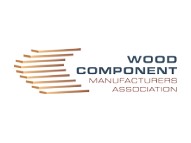On the surface, Lean is a way to help lower costs, increase quality, and improve throughput. Systemic waste is rooted out and eliminated, leaving behind a process that is designed specifically to create value for both the manufacturer and the customer. As simple as that sounds, creating lasting and meaningful change is difficult and needs to be approached as a journey and not a simple task. Every victory along the way can be celebrated as a milestone, and every failure, and there will be many of them, is a lesson learned.
The lean process moves through a series of steps called the DMAIC Process. We’ll review each step here.
- The first step is to Define the problem that needs to be addressed. The problem can be simple or complex, localized or widespread. The important thing is to make sure that your definition of the problem is clear enough to give your team a specific area to focus on.
- The next step is to Measure the current state of the problem. Certain problems can be easily quantified, like the number of defects in a batch of parts or the amount of time it takes to complete a task. Other problems need to be measured more broadly, for example customer satisfaction issues or information flow between business units. The idea is to get a baseline.
- Next, your team needs to spend time Analyzing this information. Your team will need to do quality brainstorming to gather ideas out in the open and discussing them. A large quantity of possible solutions can help here so this is the stage where creativity needs to be fostered. You'll be amazed by how often the ideas that are 'off in left field' can either be incorporated into other ideas or will allow others to build on them. This is an excellent reason to be sure to get a very diverse team assembled to approach your problem. Don't be afraid to ask someone like a janitor or secretary to participate on a project that involves a process that they know nothing about.
- Now comes the action we Improve. The team needs to decide on which idea or ideas should actually be put into action. Generally, the action items are fairly obvious if the analysis stage was thorough enough. Once a direction is decided on, tasks are assigned and put into a visual timeline.
- The final step is to Control the improvements.
- Step 1 - Get your team to re-evaluate your improvements and if necessary, make changes.
- Step 2 - If you make changes you'll need to go all the way back and repeat the entire process over and over until everyone is satisfied with the improvements.
 There aren't any shortcuts. Once everyone is satisfied with the results you need to put policies and controls in place to make sure that your improvements don't disappear back into the 'old way' of doing things. There are a number of ways to do this, which we will review in a future article. Just remember that all your hard work will be worthless if you don’t maintain your improvements.
There aren't any shortcuts. Once everyone is satisfied with the results you need to put policies and controls in place to make sure that your improvements don't disappear back into the 'old way' of doing things. There are a number of ways to do this, which we will review in a future article. Just remember that all your hard work will be worthless if you don’t maintain your improvements.
Hopefully this review of the Lean DMAIC process helps familiarize you with the Lean problem solving technique. It's amazing how it can be applied to a vast range of problems at a very wide range of organizations. A team problem solving approach, when properly executed, can give you such superior results to a traditional problem solving approach that you will probably never approach another problem the same way again.

By Tony Yoder
Manager, Hardwood Components








